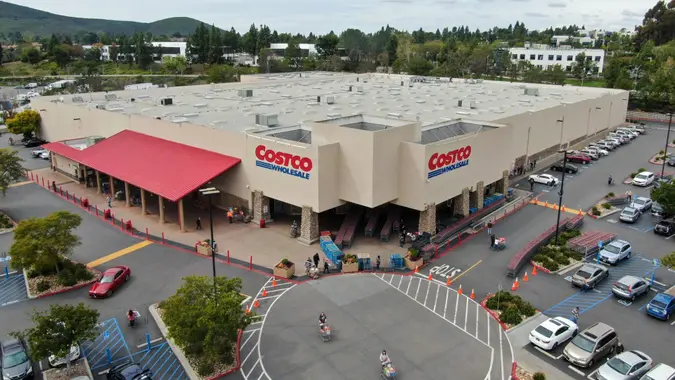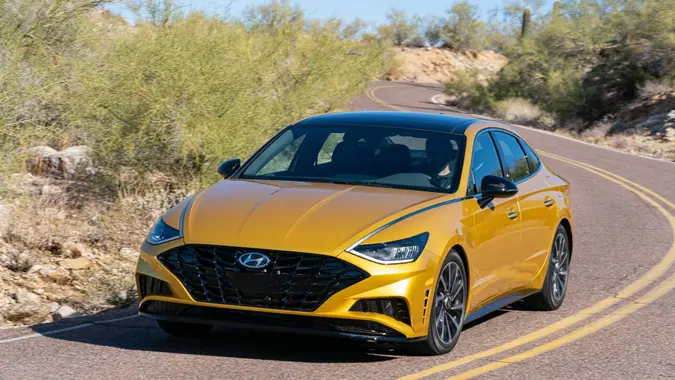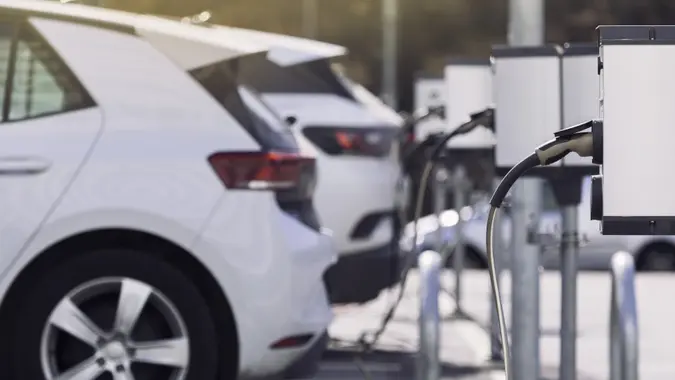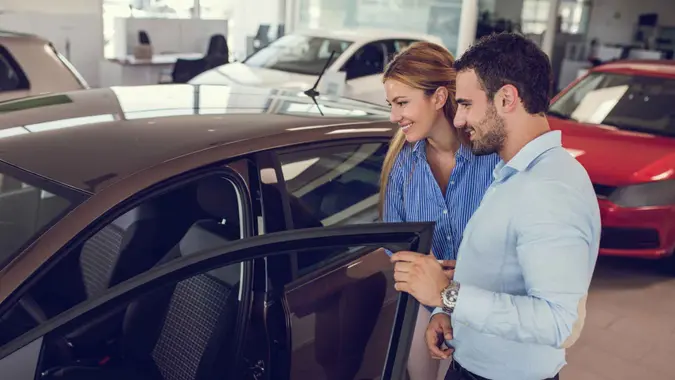5 Classic Cars for Retirees To Buy for Hobby or Investment

Commitment to Our Readers
GOBankingRates' editorial team is committed to bringing you unbiased reviews and information. We use data-driven methodologies to evaluate financial products and services - our reviews and ratings are not influenced by advertisers. You can read more about our editorial guidelines and our products and services review methodology.

20 Years
Helping You Live Richer

Reviewed
by Experts

Trusted by
Millions of Readers
Retirees often find themselves with extra time on their hands and money to spend on new investments and hobbies. If you’ve reached retirement age or will reach it soon, a classic car might be the perfect opportunity for you to combine the best of both.
Not only can you enjoy the nostalgia of cruising in a classic car, you can engage in restoration projects and potentially see a return on your investment.
Here’s a look at five classic cars for retirees to buy for hobby or investment.
1976-1981 Chevrolet Corvette
Corvettes built between 1976 and 1981 are among the most affordable of these highly desirable classic cars. However, some classic Corvettes can cost you a great deal more.
According to Progressive, the average price for a Corvette in good condition from the late 1970s to the early 1980s is about $15,000.
“Although they’re not very powerful compared to a new Chevy Corvette, they’re reliable, easily modified for more performance, simple to repair, and parts are cheap and easy to find,” Progressive noted.
1990-1996 Mazda MX-5 Miata
These two-seat roadsters are a “fun first-time classic car, and they’re as famous for their durability and reliability as they are for their cute styling and spirited performance,” according to Progressive.
Progressive noted that in 1994, Mazda boosted the MX-5 Miata’s performance with a larger engine and improved suspension. You should be able to snag one of these for under $10,000.
1971-1980 International Harvester Scout II
“Classic SUVs, like vintage Ford Broncos Chevy Blazers and Jeep Grand Wagoneers, have become one of the hottest segments in the collector car market,” Progressive noted. “The value of these trucks, built from the 1960s into the 1980s, has climbed rapidly over the last several years.”
Despite rising prices, the Scout II is not as well known as other classic SUVs, so you can find it for a more affordable price — about $20,000, according to Progressive. Models with V8 engines and 4x4s fetch the highest prices.
1965-1973 Ford Mustang
Ford’s mass production of the Mustang has kept supply high and prices relatively low, according to Road & Track, which called the car “sub-zero cool” and affordable. Parts are also affordable, and they’re easy to find.
Restored Mustangs from the 1960s go for less than $25,000, according to Life Lanes, which noted that “many are still priced well below $15,000.”
1938-2003 Volkswagen Beetle
Road & Track says you can’t go wrong with a Volkswagen Beetle because “it has a huge fan base, tons of support for parts and DIY maintenance and iconic style.”
Thanks to its iconic shape and historical significance, the Beetle is a favorite among collectors. Prices for classic Beetles range from $3,500 to about $80,000, with the average currently hovering around $21,000 on Autotrader.
More From GOBankingRates
 Written by
Written by  Edited by
Edited by 

























